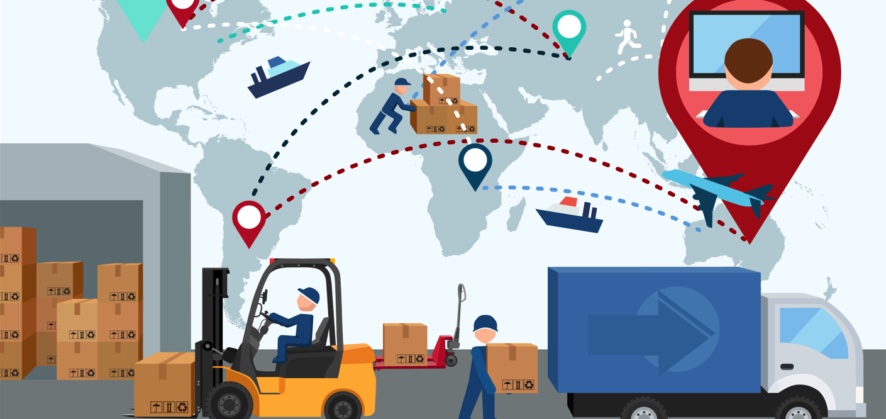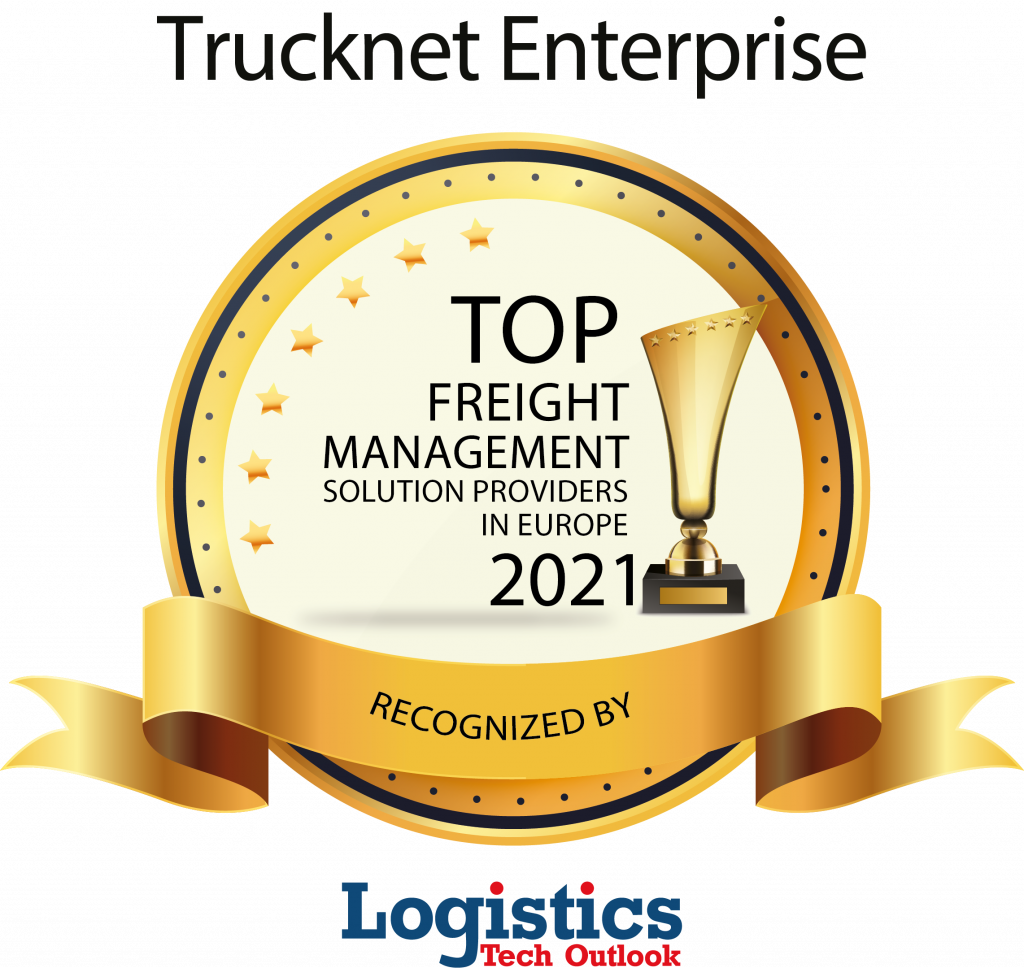Transport Management Systems and Telematics
Imagine the workplace of a heavy vehicle fleet manager. On his desk there is chaos from computer operating systems like Windows and computer screens. With so many tools he has a lot of data to analyze. He tries to be efficient and to be involved in the management process in full. But how can he be even more proficient and what tech systems could help him?
A transportation management system (TMS) is a logistics platform (or web page) dealing with monitoring, organizing, managing, and handling of everything related to the transportation of products from the beginning of order until final delivery. TMS assists the fleet manager plan and schedule operations.
A Telematics system monitors vehicles by gathering information through GPS and onboard diagnostics systems (OBD). Available data allows us to track how a vehicle is behaving internally, such as its engine status. Besides, unsafe driver behavior can be identified and recorded in real-time, with the installation of a camera in the cabin. OBD systems can provide an analysis of various vehicle sub-systems like the history of accidents and fuel consumption. Today data from these systems can even be used to search for the best route for the next truck ride.
What are the main functions of TMS?
No matter what the size of a logistics company, we find that its main task is to increase efficiency and profitability for clients. The main function of a TMS is to manage route schedules and delivery operations. The importance of telematics in transport systems cannot be overlooked. Efficient transportation management and licensing result in reduced vehicle wear and tear and increased vehicle uptime (ensuring the vehicle is always ready to perform). Analyzing engine status and driving behavior can reduce fuel costs by 10% on average, often equating to a payback of millions. Freight transport operations are a major source of CO2 emissions, and efficient management and performance can reduce the carbon footprint and promote more sustainable logistics activities. It should be noted that a TMS does not analyze the data that is conveyed to the fleet manager.

What are the telematics information resources?
For transport fleets operating in competitive markets, even the smallest amount of time and resources become critical issues in determining success. It’s here that a vehicle tracking device alone is not enough.
The telematics system uses a few sources of information. Actively managing your fleet’s fuel consumption can save you money, increase productivity and even improve safety.
One way to reduce the amount of fuel used is by improving poor driving behavior. It has been proven time and again that fuel is consumed unnecessarily when drivers speed, idle their vehicles, brake and/or accelerate harshly. These behaviors not only waste fuel but may also cause excess vehicle wear and tear, which leads to the need for more frequent fleet maintenance. Studies show that a fleet management tracking device does an excellent job of monitoring the location and activities of a vehicle. Also, reports published on fleet management software show that it provides the best means to mitigate risks, such as dangerous driving behavior, and to identify who may need professional driver training.
A carbon footprint calculator allows us to measure a truck’s CO2 emissions. Certain heavy vehicle fleets are already required to calculate and report GHG emissions. A CO2 calculator can assist companies with this time-consuming job.
What is the new generation of TMS?
Full visibility has been a long-time dream. Freight companies were looking for real-time tracking for many years and saw solutions implemented as Amazon clients began tracking their shipments.
Uberization brought the idea to shippers that they could shop for transport through mobile applications on smartphones. These applications can handle so-called “easy-freight” – for example, specific spot-market last-mile delivery. Short-term spot-market transactions have become extremely popular among start-ups and even among more established companies. For those companies trying to create an online freight marketplace, a BID system (bidding price, like an auction) would offer the client the opportunity to compare and find the best match for the price. This type of coordination using live updates and documentation can greatly improve freight management.
Digitalization is a big game-changer for the new generation of TMS. With pre-installed features for all cargo documentation, the tax process can proceed faster and smoother. This saves much time and delay; for example, at a port when a truck is forced to wait for hours before moving on.
Today cargo companies prefer to have trucks with built-in Telematics in their fleets. Manufacturers have made a new business model in which they not only provide the device, they also provide the service, which contributes to a more profitable business.
Machine learning can be applied to predict the need for vehicle maintenance. Methods for predictive maintenance combine on-board data and off-board database sources, which analyze the data for deviations (based on vehicle usage statistics and maintenance records). Business Intelligence (BI) resources make it possible to create value from big data. Some examples of these technologies include dashboards, data warehouses, data analysis through graphs and more. For example, BI tools can improve logistics management by providing a view of the entire supply chain, and offer an analysis of where delays are most likely to occur.
The biggest challenge today for TMS is visibility. The system streamlines the entire supply chain process, with automated communication between suppliers, customers, and service providers.
TMS and Telematics, and even BID, are not enough for today’s cargo companies; there is a lot of data but it is not automatically analyzed.
To the right, you can get an idea of the high percentage of trucks traveling empty on roads throughout the world, leading to extreme inefficiency:

OECD North America commercial vehicle fleet
The Goal Of The Transportation And Logistics Industry Is To Connect And Integrate Data From All Sources Into One Platform. AI (Artificial Intelligence), BI And Machine Learning Can Provide A Detailed Analysis Of All Factors And At The End Of The Day Offer Excellence To The Fleet Manager. He Will Be Able To Make Better Decisions For Increased Efficiency And Sustainability.
Here At Trucknet, We Call This An All-In-One Solution And We Are Applying Our Resources To Assimilate These Components Into One Platform To Make It Easier For Logistics And Transportation Companies.
Some Areas In Which This Can Be Seen Include:
- Supply Chain Efficiency Around The World (E.G. Moovit – Simplifies Urban Mobility)
- The Collective Intelligence Factor Crowd Wisdom(E.G. Waze)
- Quick And Easy To Use Global Cargo Marketplace (E.G. Booking)
My Point Of View Is That The Solution Is ALL-IN-ONE.
This Is My Opinion And I Stand By It.




